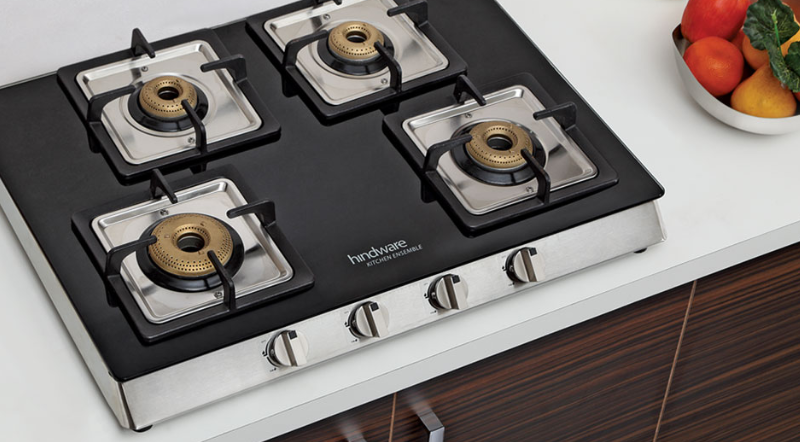Which Cooks Quicker:: Electric Cooktop or Induction Cooktop?
When shopping for a new cooktop, the most important decision to make is whether to get one with an induction or electric cooktop. The experience of cooking on them is very different despite the fact that they both have a flat surface made of glass or ceramic and seem the same.
In this blog post, we are going to cover the benefits and drawbacks of each cooktop, which will assist you in determining which one is the most suitable for your needs.
Induction Cooktops
Pros of Induction Cooktops
There are many good things about cooking on an induction cooktop. One of the best things about them is that they take much less energy to heat. Because they send heat directly to the pot or pan, they waste a lot less energy during the cooking process. Some estimates say that induction cooktops can send up to 90% of the electromagnetic energy they generate to the food in the pan, while gas ranges can only send up to 38% of the energy they generate to the food.
Another good thing about best induction cooktops is that they cook food quickly. With an induction surface, you can boil water in about half the time it takes with gas. Your food will be ready to eat sooner if the heat works faster and better.
Because of how heat is transferred, the surface of an induction cooktop does not get hot. That means you can touch it without fear. Food drop? It won’t stick to the stove, so you won’t have to scrape it off when you’re done. This is safer and easier to clean up.
Cons of Induction Cooktops
The price is the only drawback of an induction cooktop. Most of the time, these ranges are more expensive, which can be a problem. If you’re on a tight budget, it might be hard to find an induction cooktop that’s the right size and costs what you want to pay. Prices will only go up from there because induction cooktops can only be used with certain kinds of pots and pans.
Cookware made of ferromagnetic material is the only kind that can be used on an induction stove. That means stainless steel, cast iron, and carbon steel in particular. Pots and pans made of copper and aluminum don’t work well together. Most confusing of all, some cookware is made of more than one material, so it’s not always clear if it can be used with an induction stove.
Give your pan the magnet test to be sure. If the magnet stays put, you’re all set. If not, you might have to get a different one. Worse, you might need to replace all of your current cookware before you can use induction.
Electric Stove
Pros of Electric Cooktops
One of the best things about an electric cooktop is that it is simple and reliable. It should also be easy and straightforward to install. Don’t worry about needing special tools or spending a lot of money. Electric cooktops are common and work well, so there is no need to learn how to use them.
Another good thing about an electric cooktop is that you can use the leftover heat. You might notice that the stovetop stays warm even after you turn it off. This can help keep food warm, or you can use the last few minutes of extra heat to finish cooking your dish before serving it.
Cons of Electric Cooktops
There are some bad things about electric ranges. If you put your hand on a surface that is still warm or spill something on it while it is still warm, bad things can happen. They can also take longer to heat up, and the coils can sometimes heat unevenly or waste a lot of energy if you use a pan that is smaller than the surface being heated.
In a nutshell, when choosing the right cooktop for you, there are a lot of things to think about, like your budget, the size of your kitchen, and how often you plan to use it. If you can, you might want to try these cooktops out for yourself before you decide. Check out each one to see how it works and decide if you’d like to cook on it.
Hindware offers a wide range of cooktops both electric and induction heating. Visit the official website to find out the best for you.



